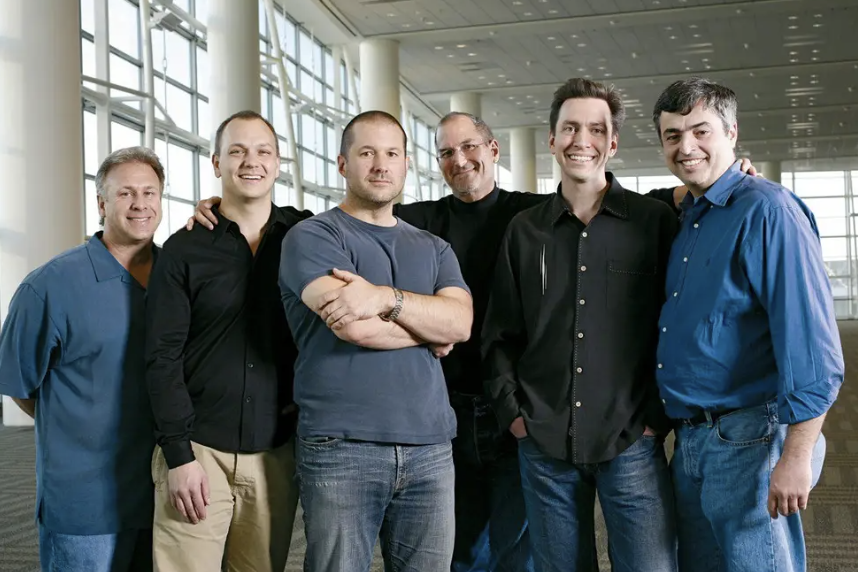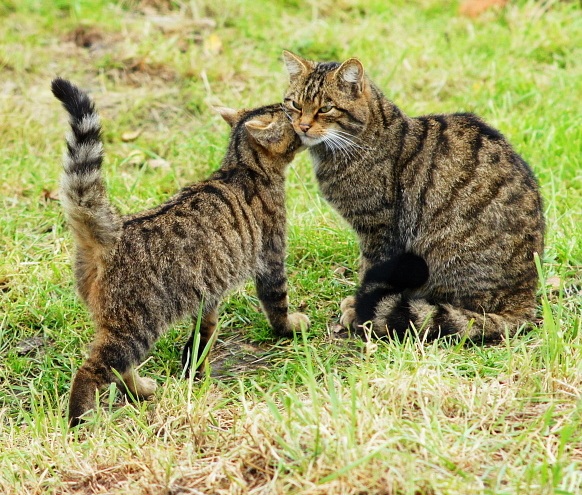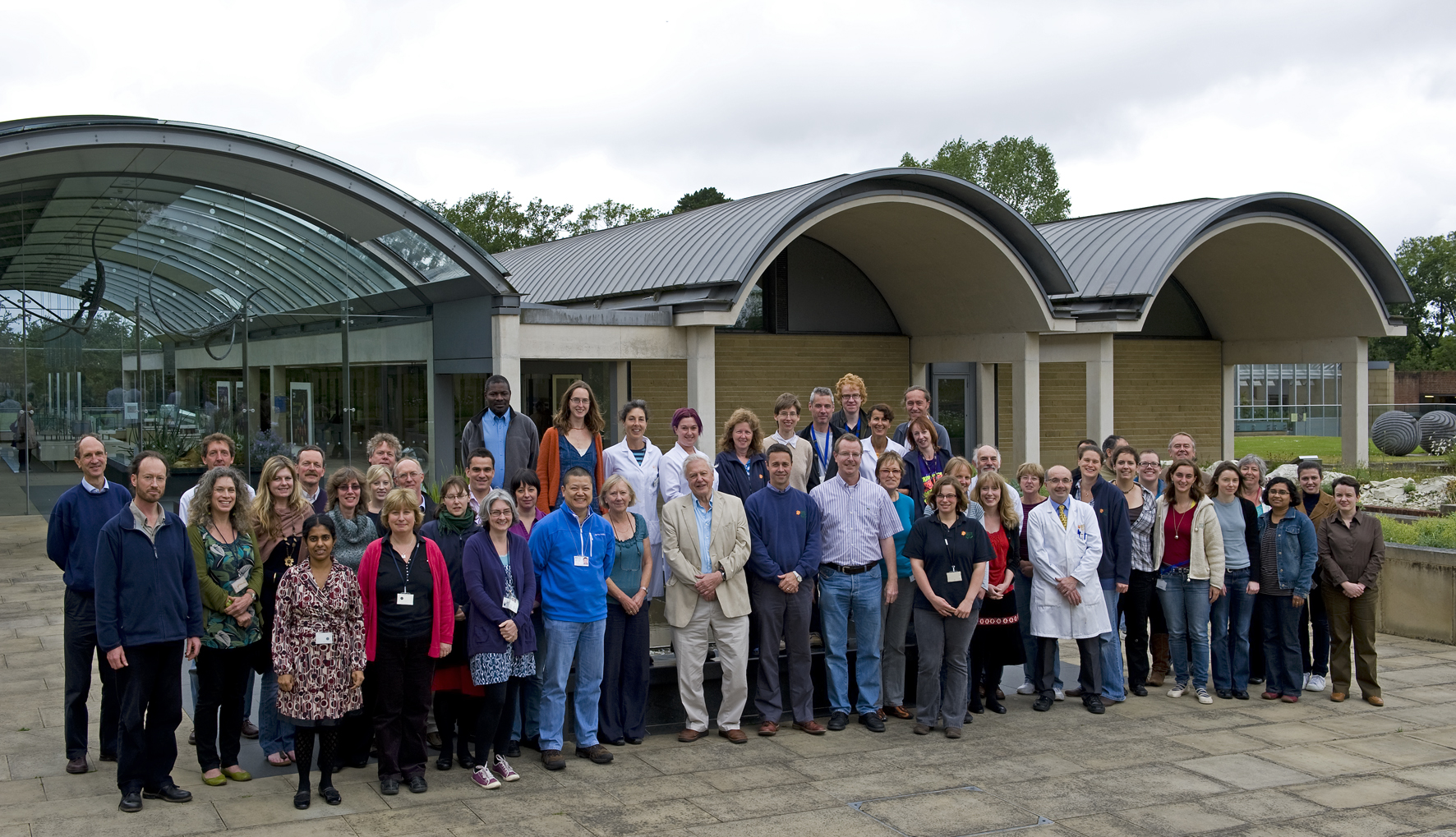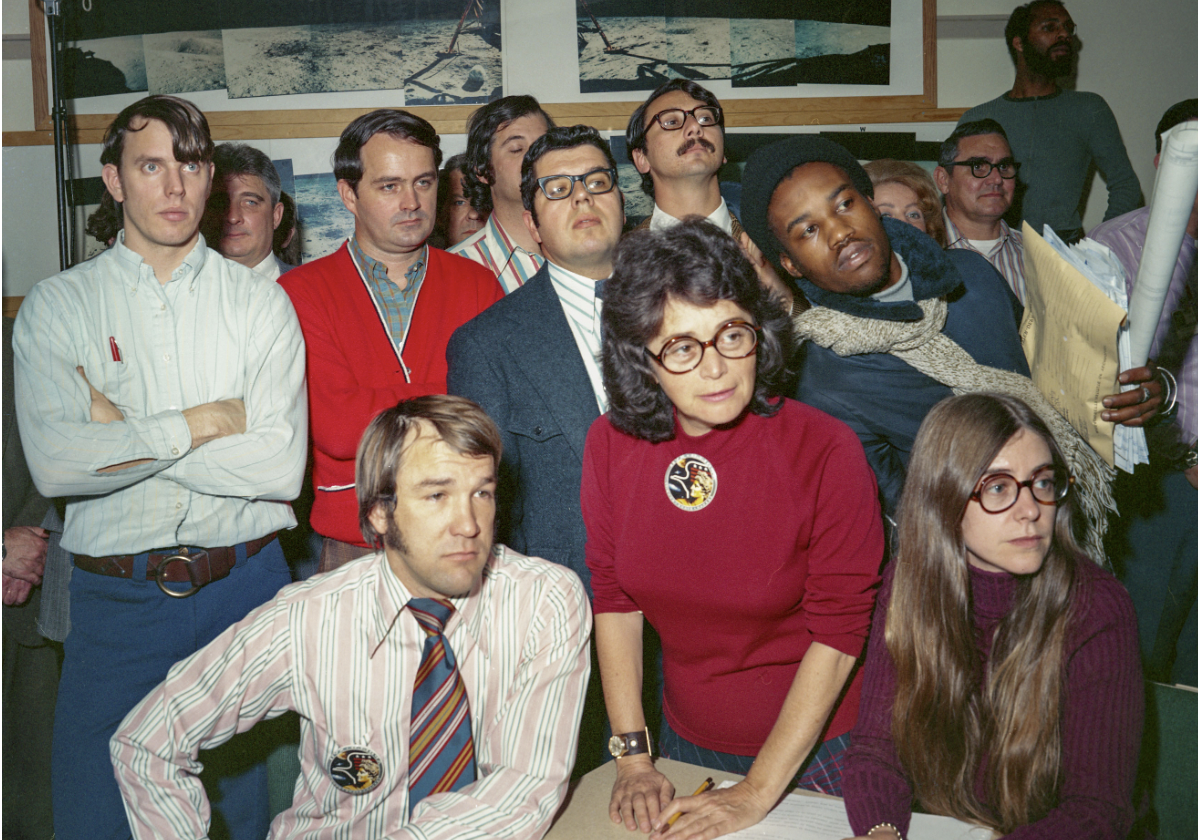Successful STEM Teams
International Space Station

The International Space Station (ISS) takes up a area as big as a football pitch. It's the result of the work of a huge team of scientists and astronauts from European countries, the USA, Japan, Canada and Russia. It's so big it had to be taken into space in pieces and assembled on arrival. It only takes 92 minutes for the ISS to travel right round the Earth. Find out more about the ISS here.Apple iPhone

The Apple iPhone was released in 2000. Its hardware and software had been developed by a top-secret team at Apple who used the codename "Project Purple" to keep the development under-wraps until it was ready. The team included Steve Jobs, Apple's Co-founder, designer Jony Ive, along with software engineers, hardware engineers and marketing experts. The iPhone is Apple's most successful product.
Photo from this article about the iPhone team.Scottish Wildcat Preservation Team

The Wildcat is Scotland's rarest and most threatened mammal. At the moment they're almost extinct and a team including vets, animal care specialists and conservationists are fighting this threat by breeding wildcats in captivity. Once grown, the animals are released to join the existing population (after being trained in essential wildcat skills). See some pictures of the team at the bottom of this page. Watch a short video about the project. (Photo by Peter Trimming).Scottish Football Medical Team

The Scottish Football team is supported behind the scenes and on the pitch by a team of doctors, physiotherapists and sports scientists. These people help the players stay fit and healthy and assist the coaches in guiding their training so that players can achieve their best performance. The sports scientists are able to use lots of modern technology like GPS trackers to help them analyse players' performances and capabilities. (Photo from this article about one of the physios on the team.).Millenium Seed Bank

The Millenium Seed Bank at Kew Gardens in England holds 2.4 billion seeds from around the world in fire, bomb and flood-proof vaults. This means that if the habitats any of the plants live in are destroyed and the plants become extinct they could be rescued by planting some of the seeds and regrowing them. The team at the Seed Bank includes conservationists, botanists, and computer scientists. Some work in the labs and offices while others travel around the UK and the world looking for seeds and working with other seed conservation teams. Find out more in this article. (Photo by Paul Smith).Moon landing software team

People had write the computer programs that operated the rocket that let astronauts land on the moon in 1969. A team of around 100 computer programmers had to write code that had to be very reliable (you don't want to find out your rocket has a bug when you're half-way to the moon). The computer programs also had to be as small as possible so that they would fit on the hardware. This is because the computer memory on the rocket was millions of times smaller than the memory in modern mobile phones.
Photo from this article about the team leader, Margaret Hamilton.